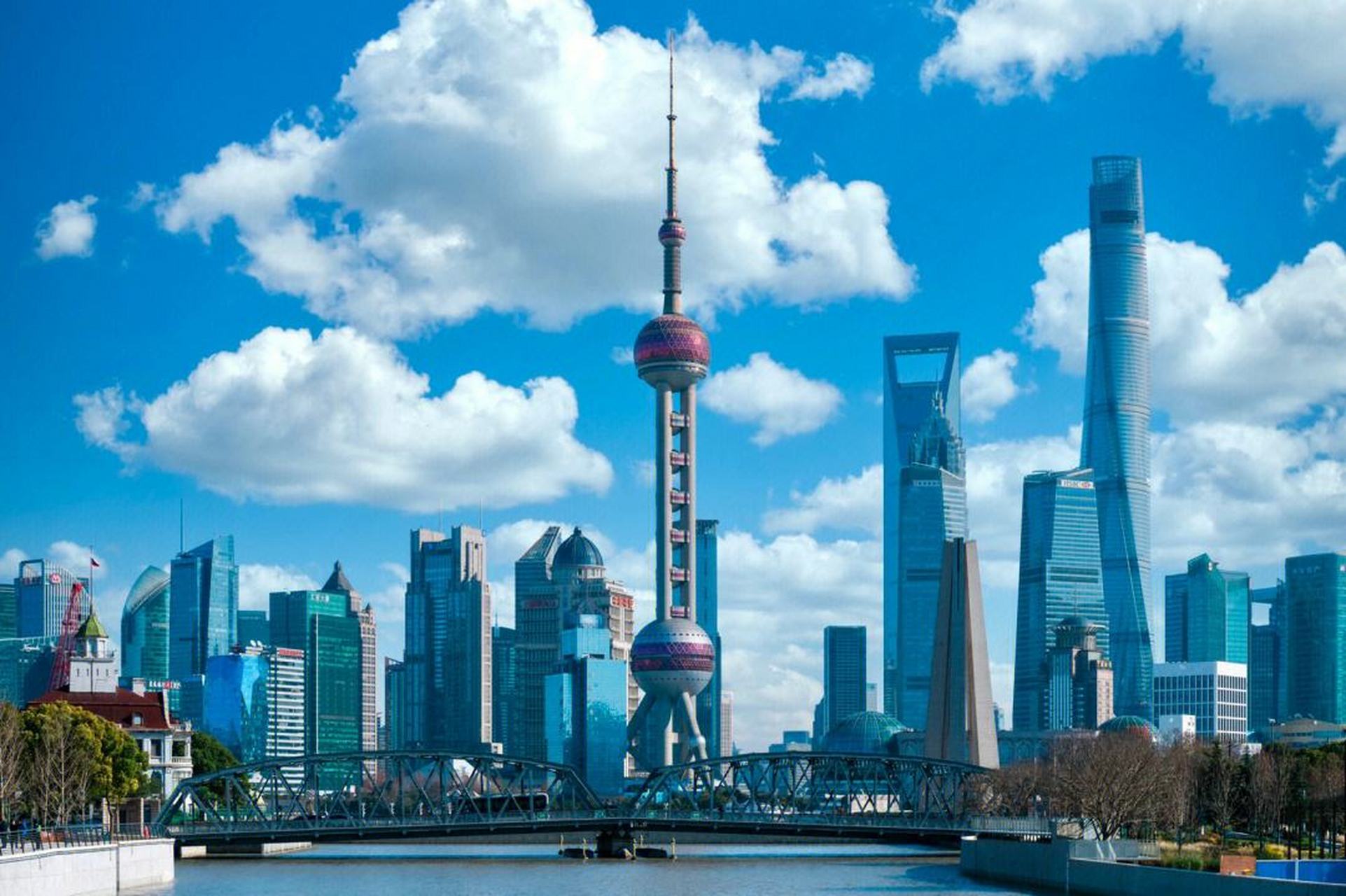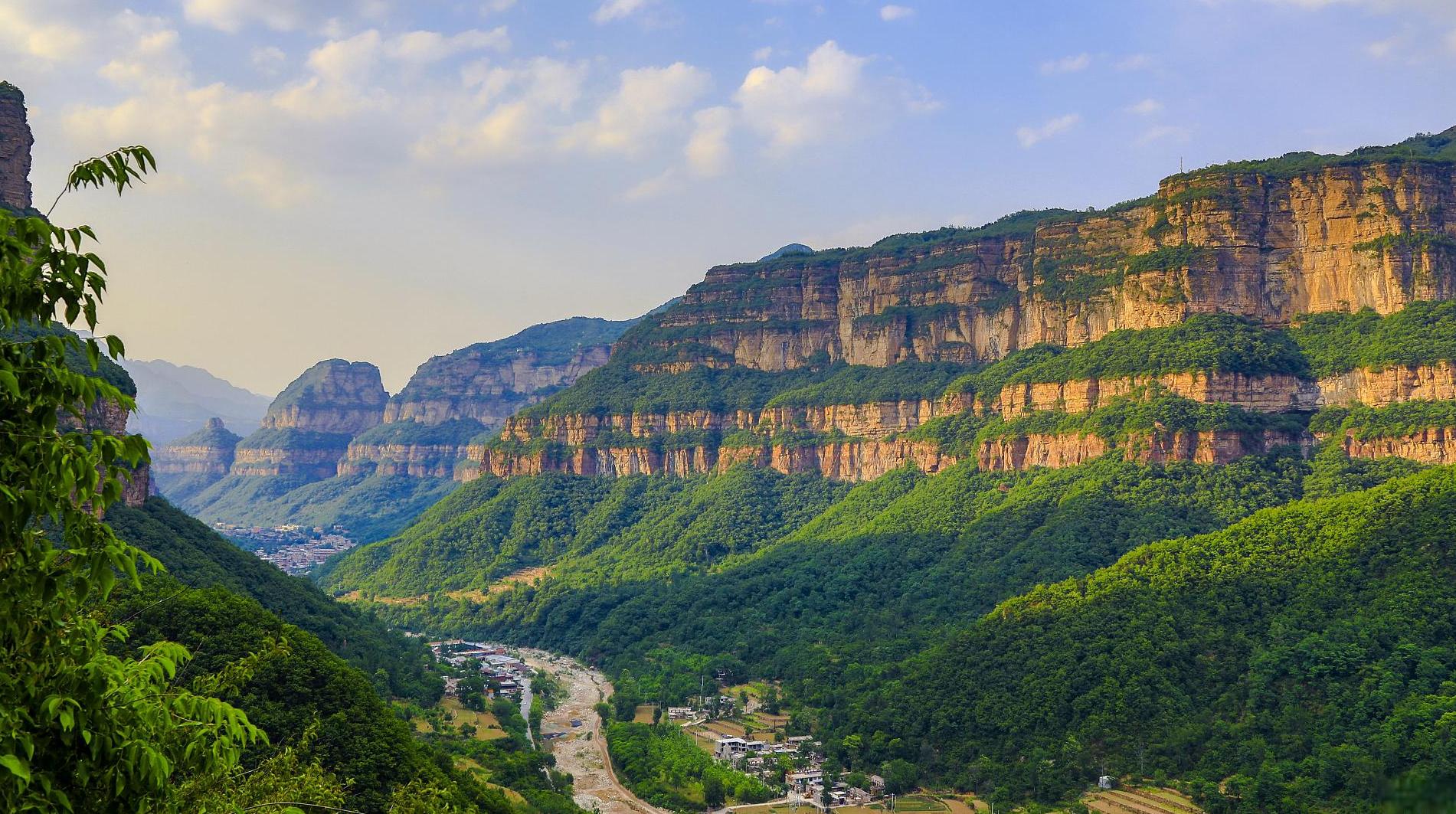в–ә Normally, late summer and autumn is best time to visit, with mild climate and stunning landscape (except Harbin where the annual International Ice and Snow Festival is held in winter).
Climate in Qinghai-Tibet Area
Provinces included: Qinghai, Tibet
Climate characteristics: The area is of Plateau mountain climate. It is dry all year round with little rainfall, intense radiation and less vegetation. On the Qinghai-Tibet plateau (about 4,000m above sea level), cities such as Xining, Lhasa, Shigatse, winter is long and extremely cold, while summer is short and moderately warm.
Tips: Visitors to Tibet and Qinghai are suggested to bring with adequate sunscreen, as well as adequate clothes because of the changeable weather.
Climate in North West China
Provinces included: Shannxi, Gansu, Ningxia
Climate characteristics: NW China is of arid and semiarid climate. The rainfall is scarce with high evaporation. The abundant sunshine throughout the year also goes with intensive ultraviolet radiation. So pay attention to the sun protection when traveling in destinations like Xian, Dunhuang, Jiayuguan, as well as temperature lowering because of large temperature difference between day and night.
Tips for travelers to visit North West China:
в–әSummer and early autumn is the best to visit.
в–ә Prepare with sunscreen, ultra facial cream, windcheater, and other necessary articles.

Climate in the South China
Provinces included: Jiangsu, Anhui, Zhejiang, Shanghai, Hubei, Hunan, Jiangxi, Fujian, Yunnan, Guizhou, Sichuan, Chongqing, Guangxi, Guangdong, Hong Kong, Macau, hainan, Taiwan
Climate characteristics: Most parts of South China are of tropical subtropical monsoon climate, with high temperature and ample rainfall in summer and mild weather and little rainfall in winter.
Destinations such as Guangxi (Guilin) and Guangdong (Guangzhou and Shenzhen) Provinces, the winter days are short and comparatively comfortable. Hot and humid season is longer than other parts since April to October as usual. Destinations like Kunming, Guiyang and Dali are mild throughout the year.
Tips for travelers to visit South China:
в–ә It is suitable to visit all year round.
в–әThe rainy season of most of the parts runs from May to August, so bring with adequate rain gear, clothes and shoes.
в–ә Typhoons frequently occur in the southeast coast (destinations such as Shanghai, Hangzhou, Fujian, Guangdong) between July and September, so you may keep my eye on the weather in case anything unexpected happening to your planned China tour.
To sum up, the weather in northwest China is typically arid and dry, which is more like central Asia rather than eastern Asia, while winter in Tibetan Plateau can be very bitter and fierce with whipping wind and temperature in summer is changeable even within a day. it is wetter in south China and days with hot temperatures are longer, winter in the south is short and warmer.



